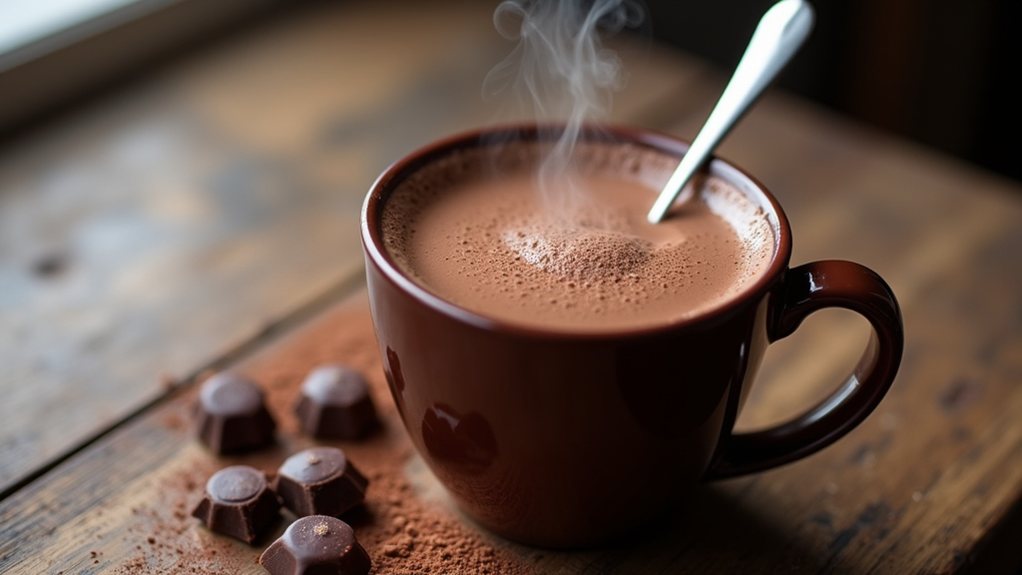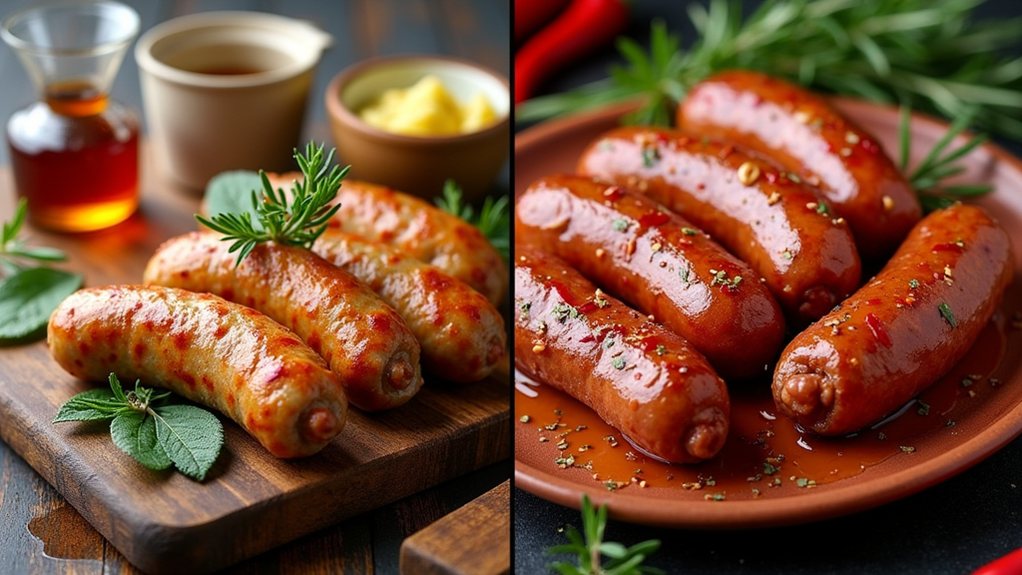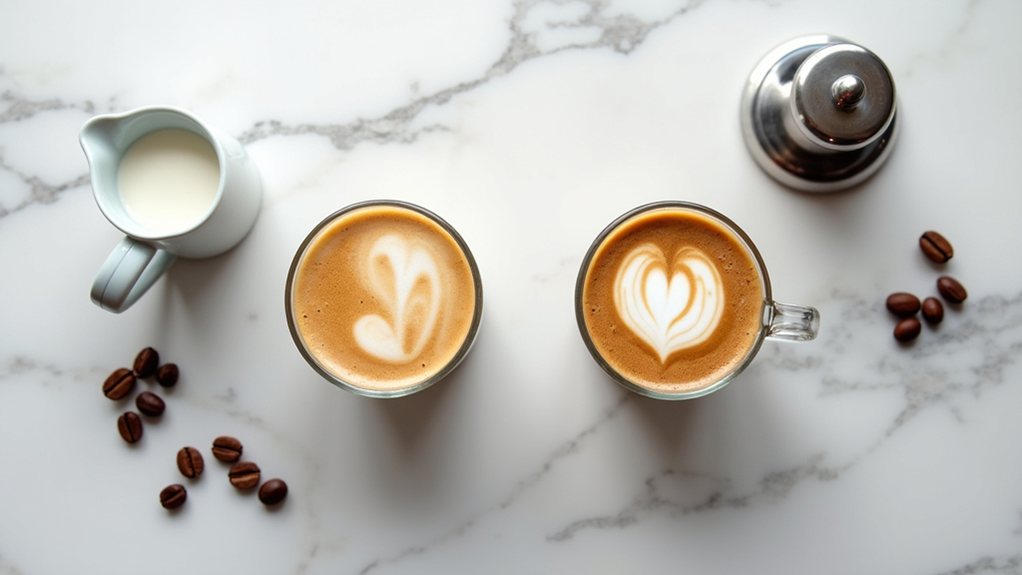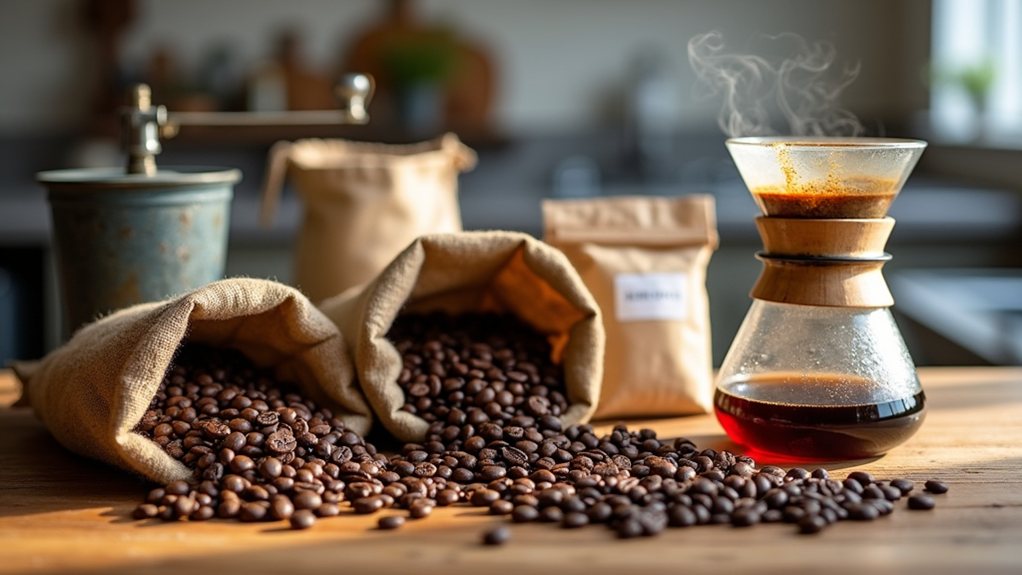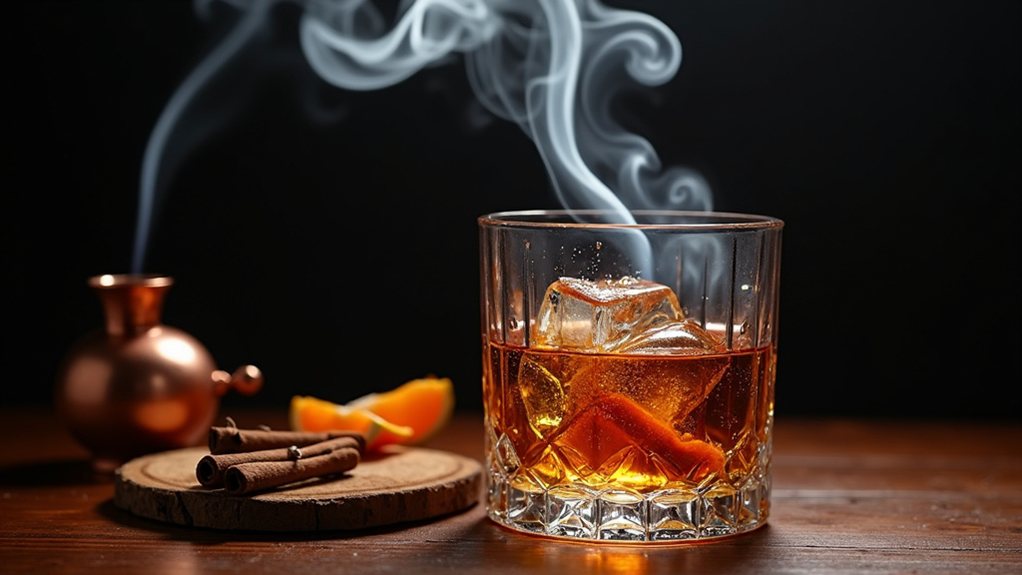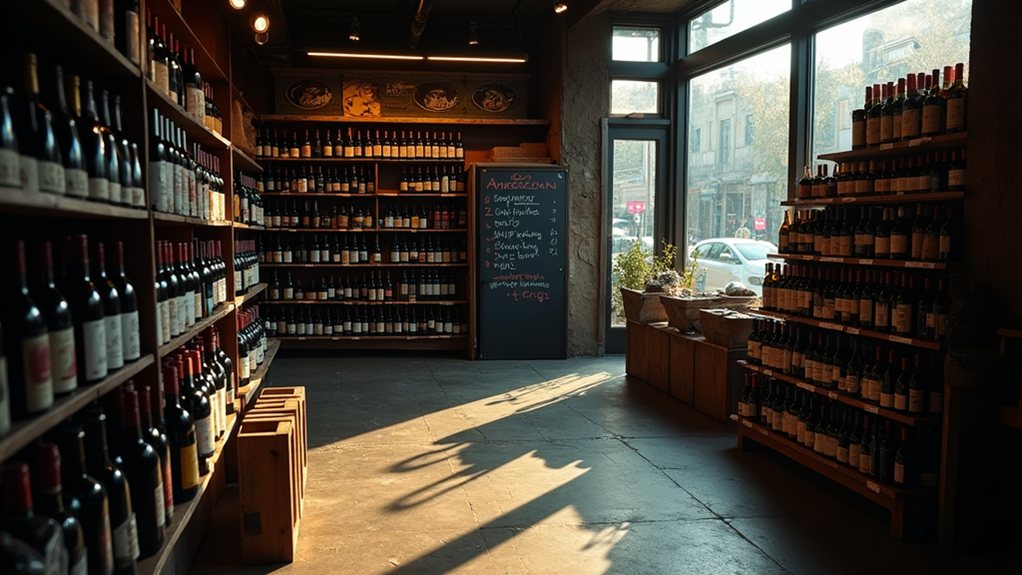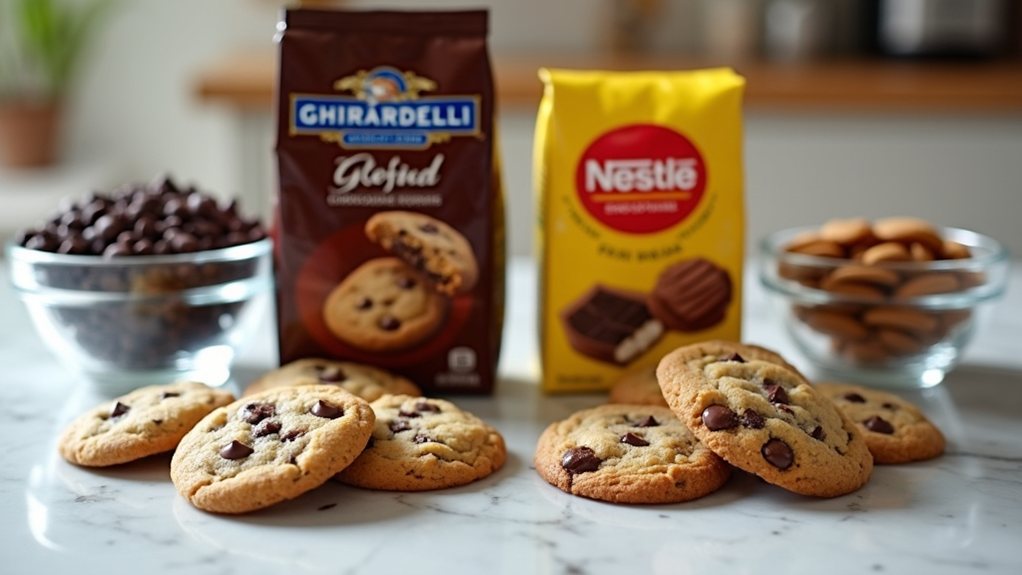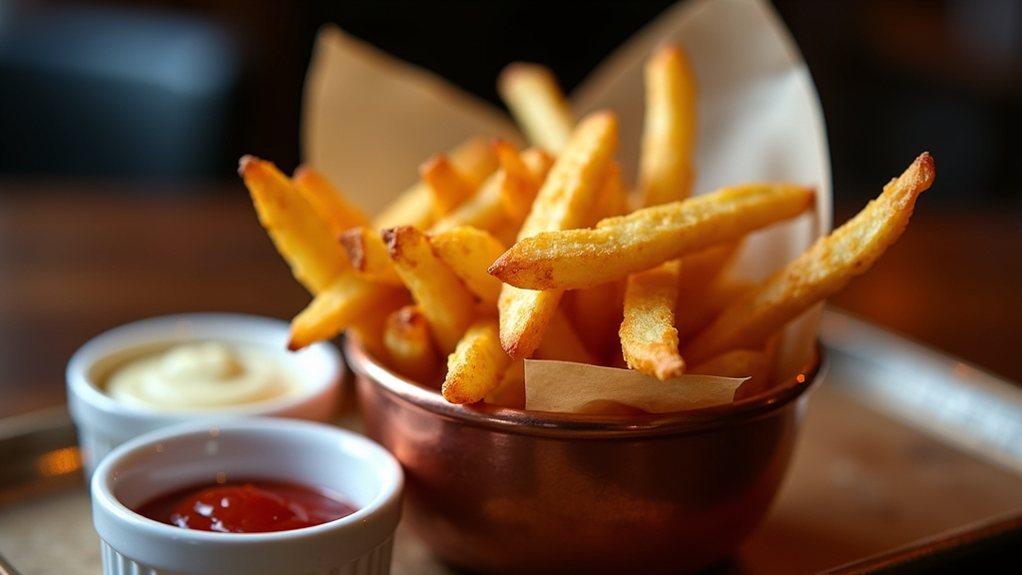European hot chocolate challenges American expectations with its luxurious thickness, a result of traditional preparation methods that date back centuries. Most visitors anticipate a sweet, watery beverage when ordering this continental treat, only to be surprised by the velvety, almost pudding-like consistency that greets them. The secret lies not in powdered mixes but in melting actual chocolate into heated cream or milk, creating a richness that transforms a simple drink into a dessert experience worthy of exploration.
The Authentic Preparation of European Hot Chocolate

A masterpiece of chocolatey indulgence, European hot chocolate stands apart from its American counterpart through its luxurious texture and complex flavor profile. The secret behind its remarkable thickness lies in its authentic preparation methods and carefully selected ingredients, which many people outside Europe often misunderstand. Unlike American versions that frequently rely on water and pre-packaged mixes, European hot chocolate begins with actual chocolate bars, preferably high-quality dark chocolate containing at least 70% cocoa.
The preparation process is similarly significant for achieving that signature velvety consistency. Milk or cream—never water—is slowly heated to scalding temperature, providing the rich base into which chopped chocolate is meticulously melted. This slow-heating technique, combined with constant whisking, prevents unwanted lumps and guarantees a smooth, uniform texture throughout. Temperature control remains vital; the mixture should never reach boiling point, as this would compromise its creamy character. Many connoisseurs insist that European hot chocolate must be less sweet than American versions to allow the complex chocolate flavors to shine through. Much like the patient preparation of a summer squash bake, the time invested in properly heating and whisking creates a transformative experience for the palate.
The art of European hot chocolate lies in patience—scalding milk whisked with real chocolate until velvety smooth, never boiled.
What many people get wrong about European hot chocolate is assuming its thickness comes from a single source. In reality, several factors contribute to its distinctive consistency. Some recipes, particularly Italian variations like Cioccolato Caldo, incorporate cornstarch as a thickening agent. Others rely solely on high-fat milk or cream, coupled with generous amounts of real chocolate. The addition of Dutch-process cocoa powder, though optional, further intensifies both flavor and texture. Similar to a Luxe Pistachio Martini, this decadent beverage emphasizes richness and creamy mouthfeel that transforms an ordinary drink into an extraordinary experience.
This beloved beverage holds special cultural significance across Europe, particularly during winter months when cafes in Spain, France, and Italy serve it alongside traditional pastries. In Spain, thick Chocolate Caliente pairs perfectly with churros, while the French savor their Chocolat Chaud with delicate cookies. The Austrian variation, known as Wiener Schokolade, offers its own elegant interpretation of this luxurious drink. The tradition varies by region, with each country putting its unique spin on this timeless treat.
As its popularity spreads globally, more people are realizing what Europeans have known for centuries—that authentic hot chocolate should be an experience that coats the palate, not simply a sweet drink that quickly disappears.
